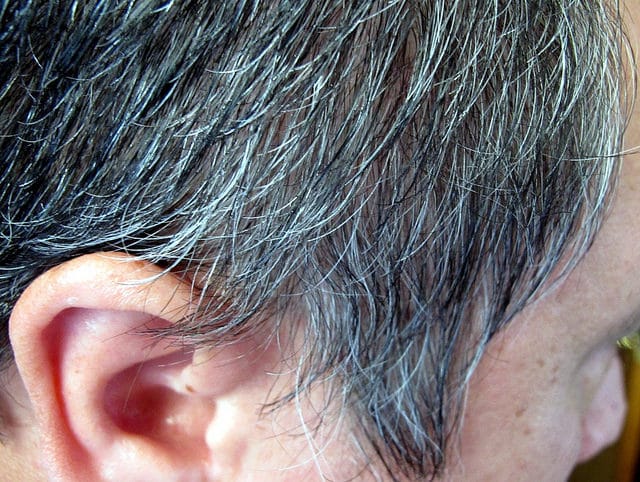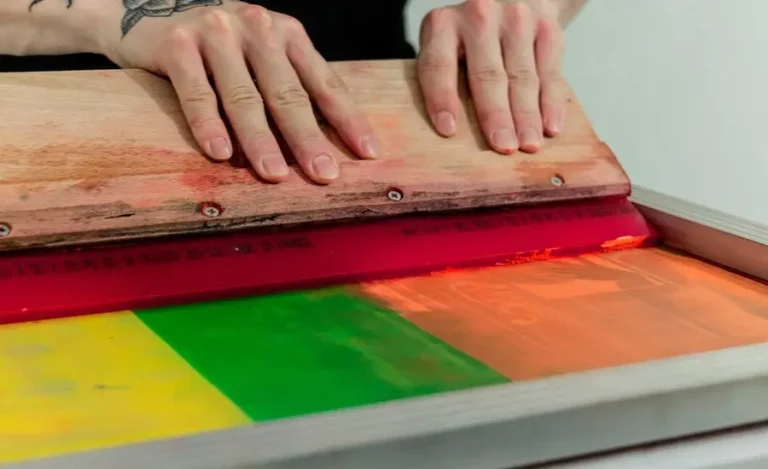“Why Does Hair Turn White? Exploring the Main Factors Behind Premature Graying”
Introduction
Have you ever wondered why some people start getting gray or white hair long before they hit their senior years? While it’s common to associate graying with old age, many people experience it much earlier. This can be confusing and even a little alarming. In this article, we’ll explore why hair turns white and uncover the main factors behind premature graying. Whether it’s genetics, lifestyle, or something else entirely, understanding these causes can help you make sense of those first gray hairs and possibly even delay their appearance. Let’s dive into the science behind this natural but often puzzling change!
What is “Why Does Hair Turn White? Exploring the Main Factors Behind Premature Graying?”
In this article, we’ll delve into the intriguing question: Why does hair turn white? Exploring the main factors behind premature graying. This topic not only covers the natural aging process but also examines why some people experience white or gray hair earlier than expected. We will explore various factors that contribute to this phenomenon, including genetics, lifestyle, and health conditions.
To understand this better, you can also check out wellhealthorganic.com/know-the-causes-of-white-hair-and-easy-ways-to-prevent-it-naturally which offers a comprehensive look into the causes of white hair and provides practical tips for prevention. By examining these factors, you’ll gain insight into the science behind graying hair and discover effective strategies to manage or possibly delay it.
Why is This Important?
Understanding why hair turns white and exploring the main factors behind premature graying is crucial for several reasons:
1. Health Awareness
Identify Underlying Issues: Premature graying can sometimes signal underlying health conditions or nutritional deficiencies. Recognizing these signs early can lead to timely medical intervention and improved overall health.
Manage Hormonal Imbalances: Understanding the impact of hormonal changes can help you address and manage any imbalances that may be contributing to premature graying.
2. Prevention and Management
Lifestyle Adjustments: Knowledge of the factors that contribute to graying allows you to make informed lifestyle changes. This can include dietary adjustments, stress management, and choosing gentle hair care products.
Informed Choices: By learning about the causes of premature graying, you can make better decisions regarding hair care and treatment options that align with your health and aesthetic goals.
3. Emotional Well-being
Reduce Anxiety: Knowing that premature graying is often a natural process can help alleviate anxiety and concern. It provides a sense of control and understanding over the changes happening to your body.
Boost Confidence: Understanding the factors behind graying can empower you to embrace or manage these changes with confidence, rather than feeling surprised or self-conscious.
4. Educational Value
Empower Yourself: Gaining knowledge about why hair turns white equips you with the information needed to educate others and foster a supportive community.
Promote Healthy Practices: Sharing this information encourages healthier lifestyle choices and promotes awareness of the impact of diet, stress, and genetics on hair health.
Step-by-Step Guide: Why Does Hair Turn White? Exploring the Main Factors Behind Premature Graying
Understanding why hair turns white and the main factors behind premature graying can help you manage and potentially delay this natural process. Here’s a step-by-step guide to uncover the reasons and address them effectively:
1. Identify the Factors
Genetics:
What to Do: Check your family history to see if early graying is common. If it is, it may be largely due to genetic factors.
Action: While you can’t change your genes, knowing this helps you understand that early graying might be inevitable and normal for you.
Loss of Melanin:
What to Do: Understand that melanin, the pigment responsible for hair color, decreases over time. This is a natural aging process.
Action: Accepting this process can reduce stress and anxiety about early graying.
Vitamin Deficiencies:
What to Do: Assess your diet for essential nutrients, particularly B vitamins like B12, which are crucial for maintaining hair color.
Action: Incorporate foods rich in B vitamins or consider supplements if necessary, after consulting a healthcare provider.
Stress:
What to Do: Evaluate your stress levels and consider whether chronic stress might be a factor.
Action: Implement stress management techniques such as exercise, meditation, or counseling.
Hormonal Changes:
What to Do: Check for signs of hormonal imbalances, especially if you have other symptoms related to thyroid or adrenal health.
Action: Seek medical advice to address and balance any hormonal issues.
Medical Conditions:
What to Do: Identify any medical conditions that could affect pigmentation, such as vitiligo or autoimmune disorders.
Action: Consult with a healthcare professional to manage these conditions effectively.
Chemical Exposure:
What to Do: Review your use of hair products and exposure to chemicals that may impact hair health.
Action: Opt for natural and gentle hair care products to minimize damage and maintain healthier hair.
2. Take Preventive Measures
Healthy Diet:
Action: Maintain a balanced diet rich in vitamins and minerals to support overall hair health. Focus on foods that promote melanin production and general well-being.
Regular Check-ups:
Action: Schedule regular health check-ups to monitor and address any potential deficiencies or health issues that could impact hair color.
Stress Reduction:
Action: Incorporate stress-reducing practices into your routine to mitigate the potential impact of stress on your hair.
Gentle Hair Care:
Action: Use mild, chemical-free hair care products to avoid damaging your hair and scalp.
3. Embrace the Change
Acceptance:
Action: Embrace the natural aging process and understand that graying is a normal part of life. This acceptance can improve your overall well-being and confidence.
Cosmetic Options:
Action: If desired, explore cosmetic options such as hair dye or treatments to manage the appearance of gray hair according to your personal preference.
4. Stay Informed
Ongoing Research:
Action: Keep up with new research and developments related to hair health and graying. This knowledge can help you make informed decisions about your hair care and
health.
Educational Resources:
Action: Refer to reliable sources, such as wellhealthorganic.com/know-the-causes-of-white-hair-and-easy-ways-to-prevent-it-naturally, for additional information and
practical tips on managing and preventing premature graying.
Conclusion
Understanding why hair turns white and the factors behind premature graying can make a big difference in how you approach and manage this natural process. While genetics and aging are major contributors, things like stress, diet, and health conditions also play a role. By staying informed and taking simple steps—like eating well, managing stress, and using gentle hair products—you can support your hair’s health and possibly delay the onset of graying. Embrace these changes with confidence, and remember, there’s always something you can do to maintain your well-being and look your best.






